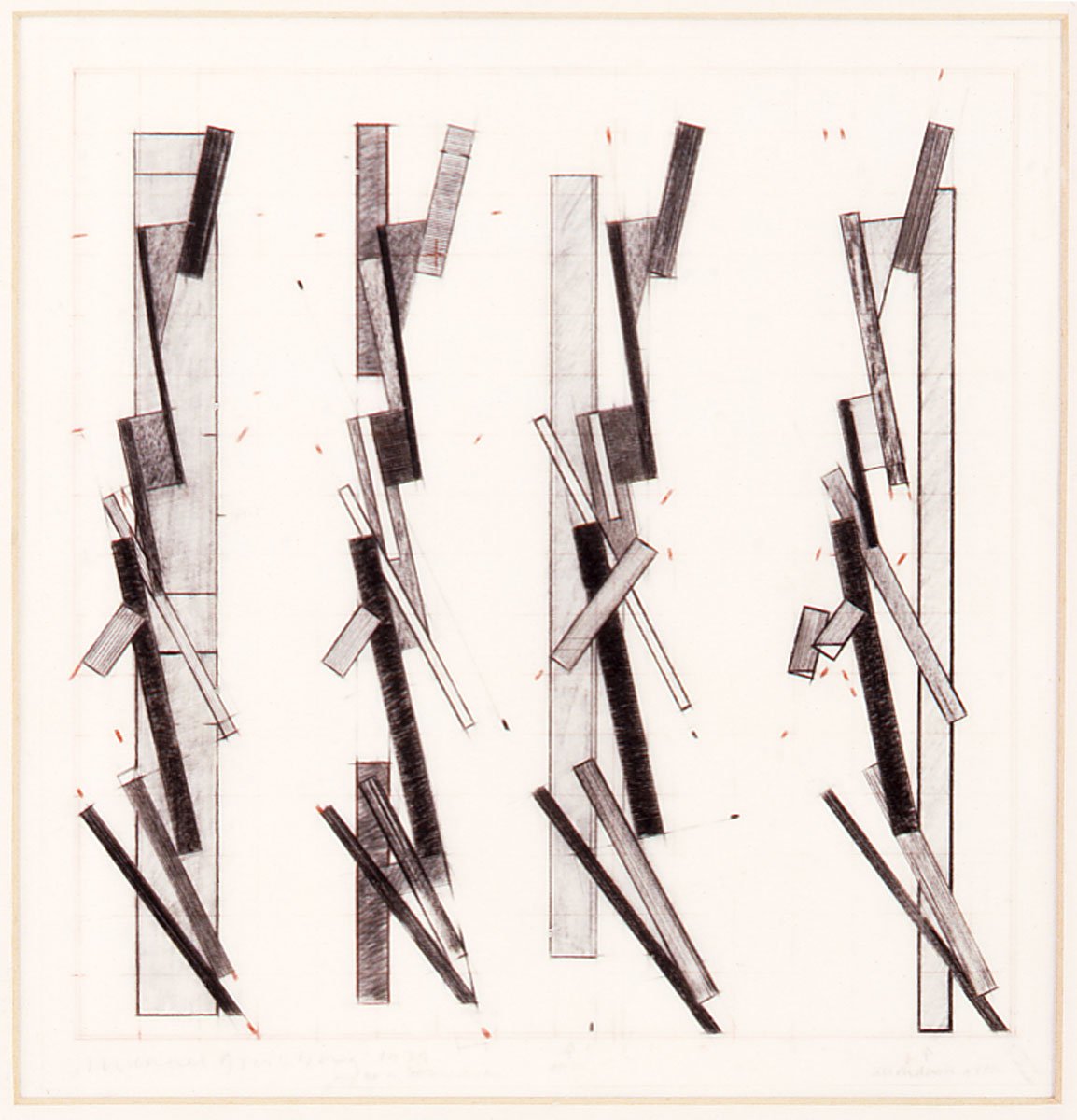
Small Working Drawing
Department of Art after 1800
| Artist | |
|---|---|
| Culture | Croatian |
| Date | 1894 |
| Object type | painting |
| Medium, technique | oil on canvas |
| Dimensions | 300 x 215 cm |
| Inventory number | 7.B |
| Collection | Department of Art after 1800 |
| On view | This artwork is not on display |
Vlaho Bukovać was one of the most internationally successful Croatian painters, and his photographic precision and French-flavoured naturalism was novel and appealing to art lovers of his time. He mainly painted portraits.
Several of his paintings were presented at the 1896 Millennium Exhibition in Budapest. His work Dubravka, also known as The Woman of Ragusa, was purchased by the Hungarian government from the Croatian pavilion for the National Picture Gallery (later the Museum of Fine Arts).
The painting depicts the 1628 premiere of a pastoral play by Ivan Gundulić, a Dalmatian poet from Dubrovnik who lived in the mid-sixteenth and seventeenth centuries. The play praised the freedom of Dubrovnik (formerly known as Ragusa). The central plot is set on an important holiday in Croatian national mythology, the annual day when Croats commemorate the goddess of liberty. According to tradition, this day culminates in the marriage of the most beautiful girl in the city to the most beautiful boy, as chosen by a panel of judges from Dubrovnik.
The story revolves around a wealthy, elderly fisherman called Grdan, who arrives in Dubrovnik from Dalmatia. He is the personification of Venetian-occupied Dalmatia, namely the “stranger”. Grdan tricks his way into marrying the city’s most beautiful girl, Dubravka. However, the gods intervene to thwart the marriage, and Dubravka is finally able to marry her true love, Miljenko.
Bukovać included some of the most important figures of his time in the audience on the left, but also some of the most prominent Dubrovnik personages from other centuries, 27 in all. On the left sit the famous poets and artists. On the red carpet, on the stairs, the woman in the yellow silk dress is the artist’s wife, and on the balcony, the woman wearing black gloves, looking down, is the spouse of another important Croatian painter of the time, Béla Csikós. Csikós is the young man leaning against the wall on the balcony, while Vlaho Bukovać himself is there, clapping next to him. Beneath the red baldachin, the man in the red cape in the middle is Ivan Gundulić, the author of the drama on which the work is based.
Bianka Boda
Zidić, Igor, Vlaho Bukovac: kosmopoliet uit Kroatië, Waanders, Zwolle.
Peregriny, János, Az Országos Magyar Szépművészeti Múzeum állagai. 3. rész, Új szerzemények. 1.füzet: a, Festmények; b, Festmények módjára kezelt műtárgyak, Országos Magyar Szépművészeti Múzeum, Budapest, 1914.
Tóth, Ferenc, Donátorok és képtárépítők. A Szépművészeti Múzeum Modern Külföldi Gyűjteményének kialakulása, Szépművészeti Múzeum, Budapest, 2012, p. 102., 163.
This record is subject to revision due to ongoing research.